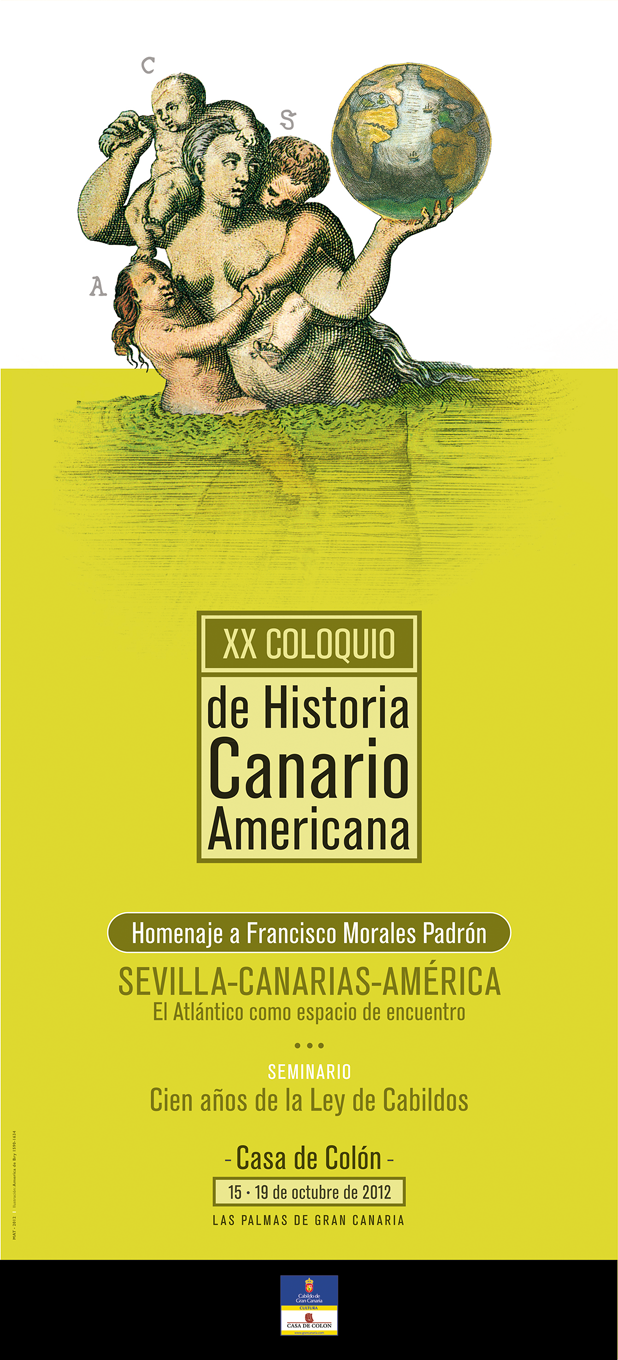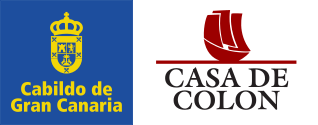Aproximación a la importancia histórica del camello en Canarias / Approach to the historic significance of the camel in the Canary Islands
Palabras clave:
camello, dromedario, economía agraria, edad contemporánea, raza autóctona, islas Canarias, camel, dromedary, agricultural economy, contemporary age, native breed, Canary IslandsResumen
El presente trabajo trata de dar a conocer este animal,cuya importancia en la historia del archipiélago ha sidoinfravalorada, intentando esclarecer tres cuestiones: suintroducción en Canarias, su denominación (camello odromedario) y su consideración como raza autóctona.Con este fin se expone la historia del camello desde suintroducción en las islas hasta la actualidad, para locual hemos distinguido tres etapas. Una primera quededicamos a la introducción del camello en las islas,una segunda, centrada en la utilización del camello enla economía agraria de las islas y una tercera sobre elcamello en la edad contemporánea. Ademásintentaremos dar a conocer cómo este animal hasufrido con el paso del tiempo una serie detransformaciones en el medio canario y cómo hasabido adaptarse a ellas.
This paper tries to raise awareness of this animal,whose importance in the history of the archipelago hasbeen undervalued, trying to clarify three issues: itsintroduction in the Canary Islands, its name (camel ordromedary) and its consideration as native breed. Tothis end, traces the history of the camel since itsintroduction in the islands until the present, for whichwe have distinguished three stages. A first onededicated to the introduction of the camel in theislands, a second, focused on the use of the camel inthe agricultural economy of the islands and a third onthe camel in the contemporary age. Also try to showhow this animal has suffered over time a series oftransformations in the environment and how canaryhas adapted to them.




